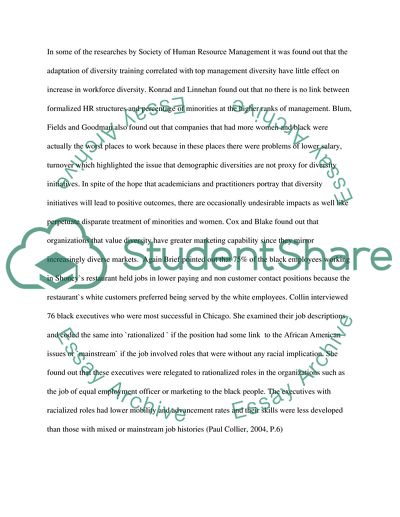Cite this document
(The Impacts of Human Resources Management Research Paper, n.d.)
The Impacts of Human Resources Management Research Paper. Retrieved from https://studentshare.org/human-resources/1798185-human-resources-management
The Impacts of Human Resources Management Research Paper. Retrieved from https://studentshare.org/human-resources/1798185-human-resources-management
(The Impacts of Human Resources Management Research Paper)
The Impacts of Human Resources Management Research Paper. https://studentshare.org/human-resources/1798185-human-resources-management.
The Impacts of Human Resources Management Research Paper. https://studentshare.org/human-resources/1798185-human-resources-management.
“The Impacts of Human Resources Management Research Paper”, n.d. https://studentshare.org/human-resources/1798185-human-resources-management.


